Sustainability is top-of-mind for the entire maritime industry, particularly as new regulations emerge to track and reduce emissions more effectively. As regulations like EU ETS and IMO CII are set to soon become a reality, maritime organizations are focused on near- and long-term strategies to better measure, report on, and reduce CO2 emissions.
In a recent panel webinar, Veson clients discussed their current and future approach to emissions tracking and industry regulations.
Joined by two Veson product experts, myself and Bobby Morse, our panelists included:
- Lars Mathiasen, Head of Commercial Decarbonization & Head of Bunkers at TORM
- Jeff Wakker, General Manager Chartering at Viterra
- Alan Cumming, Head of Dry Freight at Trafigura
Specifically, we explored how clients are preparing their organizations to adhere to CII and EU ETS standards, as well as other top-of-mind sustainability considerations today, tomorrow, and in the future. We polled the audience on three important questions and reflected on the responses with our panelists in real time. Additionally, we touched on the role of the commercial platform in regulatory preparations.
Today’s blog will provide an abbreviated summary of this enriching conversation, which you can watch in full by downloading the Managing Regulatory Complexity On-Demand Webinar.
Today: Operating in An Evolving Regulatory Landscape
In this section, we talked about how organizations in the maritime space have addressed regulatory shifts that have already been put in place as well as how they are currently preparing for the future. Firstly, let’s take a look at what the audience thought:
Poll #1: How has your day-to-day workflow changed as the result of existing or immediately pending regulations or internal policies regarding the emissions of your commercial maritime operations?
84 of 143 of webinar attendees responded, saying:
- 19% said ‘Significantly’ – My workflow has been fully altered to take into consideration the impact of my decisions on my organization’s emissions
- 50% said ‘Moderately’ – There have been some impactful changes to my day-to-day workflow, but
- 31% said ‘Not at all’ – There have been no changes as of yet to my day-to-day tasks as it pertains to environmental regulations
With the slightly surprising number of attendees who responded ‘not at all,’ the panelists, Bobby, and I discussed how the day-to-day workflow of many organizations has yet to be heavily impacted by emissions related regulations. Panelists reflected that this is due to the fact that the industry is in a preparation phase in anticipation of the more significant regulations still upcoming.
Panelists did agree that, overall, the impact today is moderate, especially in terms of vetting ships and the regulatory framework around vessels. For members of the Sea Cargo Charter, like Viterra, there is a need to report on their data, which is a challenge in itself as noon reports are often not the most reliable. Despite the current preparation period and uncertainties about the future, maritime organizations realize that they will need to capture more and more data and set themselves up to make use of data in the most efficient ways as the business and industry changes.
Tomorrow: Preparing for EU ETS & CII
Here we got into some of the economic drivers behind upcoming regulatory changes and how organizations are prioritizing and strategically planning for what’s to come in the near-term future. Let’s see how the audience responded to this poll:
Poll #2: What do you see as the most important regulation impacting the maritime industry in the near term?
93 of 143 of webinar attendees responded, saying:
- 33.3% said ‘Addition of Maritime in the EU’s European Trading Schema (ETS)’
- 60.2% said ‘IMO’s implementation of the CII ratings’
- 6.5%% said ‘Something outside of these two’
This poll report was also somewhat surprising to our group of speakers, as there are still many unknowns around CII regarding its application and impact. The panelists made the point that there are some mechanisms in the CII that make the chances of it not working as the legislator intended quite likely. For example, did the legislator really intend for it to be far more efficient to sail around the world with an empty ship than with a full ship?
Regardless of the current lack of contractual structure around this rating system, the sheer nearness of the CII ratings, starting on the 1st of January, is a sensible reason for many to be focusing in on CII over EU ETS, which has been delayed. For ship owners like TORM, there is a need to understand if vessels are rated A, B, C, D, and if one is moving, from C to D for example, to start getting an idea of why it’s doing that and if corrective action is needed. This understanding can help answer important questions like: Should we slow down on the next voyage? Should we seek a long haul instead of a short haul?
Regarding the EU ETS, panelists expressed that it will likely have a bigger, more immediate impact on the bottom line because it puts a price on carbon emissions, which will force trade flow changes. While the EU ETS is expected to apply more monetary pressure, there are different possibilities for if/how clauses regarding CII emerge between charterers, owners, potentially claims and things about requiring the management of a vessel at a certain level.
Approaching EU ETS from an owner perspective, it’s likely that owners will view this very similar to a bunker cost when negotiating freight, and they might somehow try to bake that into the agreed freight rates. From the perspective of a trading company, the priority is to efficiently manage the selling of freight to internal clients by building EU ETS into the business plan to bring the most economical vessels into EU trades. Additionally, organizations across the industry will need to measure what their exposure will be to the EU ETS.
As Veson works closely with clients like TORM, Viterra, and Trafigura, functionality within the Veson IMOS Platform regarding CO2 emissions continues to evolve so that organizations can be the most prepared to address these near-term changes.
Future: Proactive Innovation & Embracing Change
Now, moving beyond the more immediate regulatory shifts, it is interesting to think about the end goal for some of these changes coming into play, whether it’s making the entire world fleet more sustainable in general or reducing overall global missions or making certain markets more efficient.
We know that there are a lot of technologies now being tested in the market. We know that some of them are getting closer and closer to our reality, and some of them might already be in use today. However, it is still early in the development of technologies and policies that will lead us into the long-term future. Let’s get a sampling of what industry participants are expecting to be the biggest driver(s) of emissions in the future:
Poll #3: What do you see as being the leading contender for a lower emissions future in shipping?
70 of 143 of webinar attendees responded, saying:
- 20% said ‘New Fuel Types’
- 0% said ‘New Ship Designs’
- 4.3% said ‘Other technologies’
- 75.7% said ‘Some combination of the above’
Our panelists acknowledged new fuel types as a very exciting area of development, however noted that it is one that will take time, which is another reason why the path to lower emissions will most likely be supported by a combination of solutions. Since maritime organizations need to address decarbonization now, our panel agreed that it isn’t sufficient to wait for ideal solutions or drastic changes and that immediate action is needed to be on the right path for the long term.
Some of the solutions we discussed include better data sharing and technology to enable more sustainable decisions, emissions tracking on the vessel, and energy saving techniques that are relatively quick and cheap to implement, like paints and rotor sails. Another impactful consideration is changing trade patterns, as there have already been notable shifts just this year, be it from emissions or geopolitical events.
Overall, both owners and charterers alike are in support of global taxation of CO2 to bring about real change. Though the hope is that the IMO will step forward quickly as the regulator, it is likely that multiple schemas will emerge. This reiterates the importance of flexible, continuously evolving digital solutions to support maritime organizations through these changes. We at Veson are proud to support the maritime industry with the core solutions organizations need to be successful in a volatile, ever-changing climate. Through collaboration with our clients, like TORM, Viterra, and Trafigura, we can create
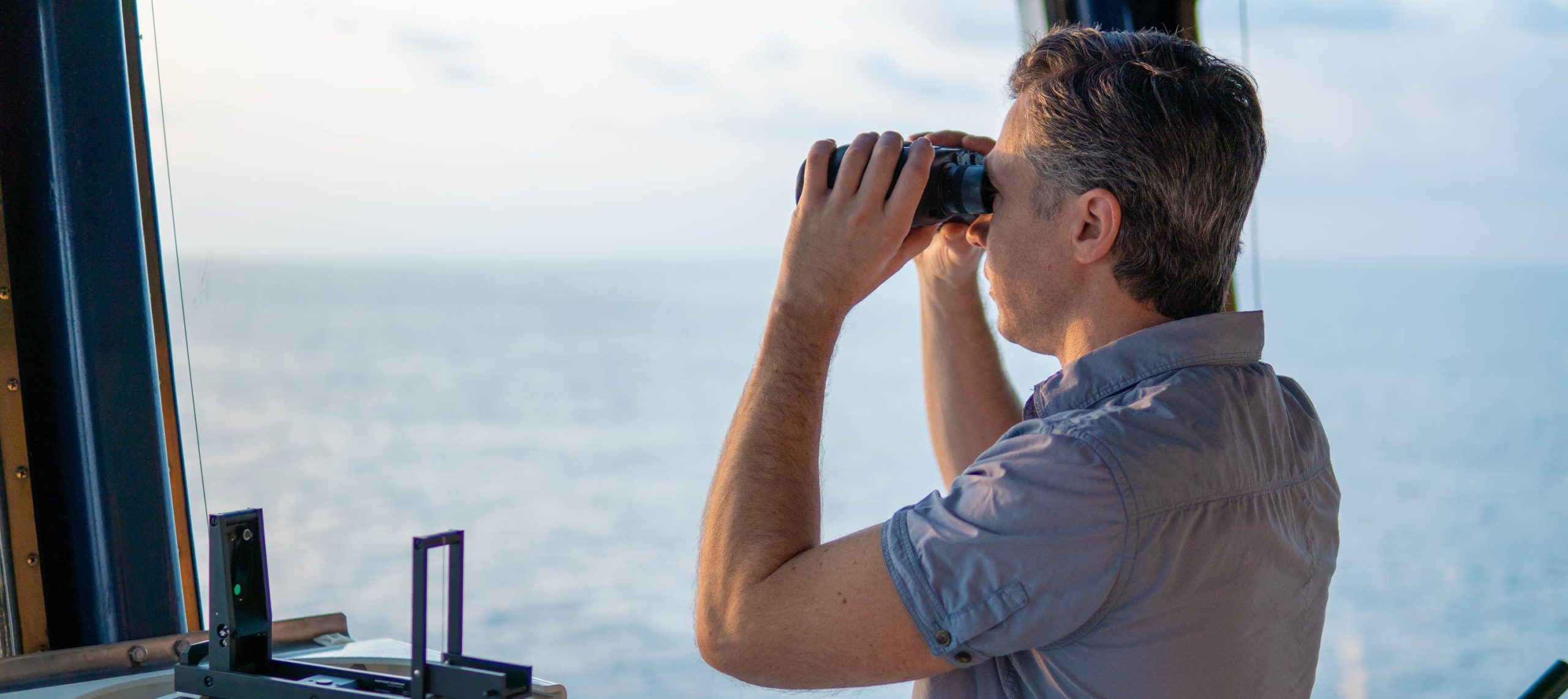

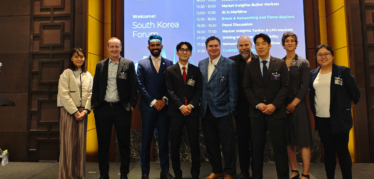
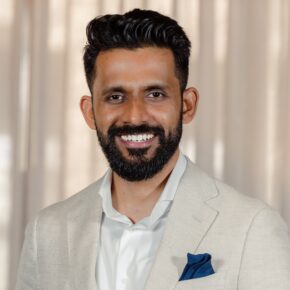 Giftson Eliyesar
Giftson Eliyesar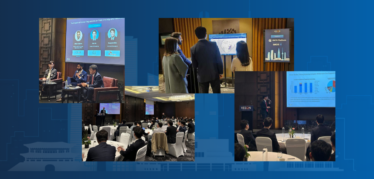
 Hongbeom Park
Hongbeom Park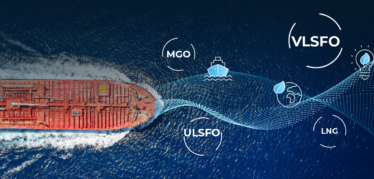
 Oliver Kirkham
Oliver Kirkham